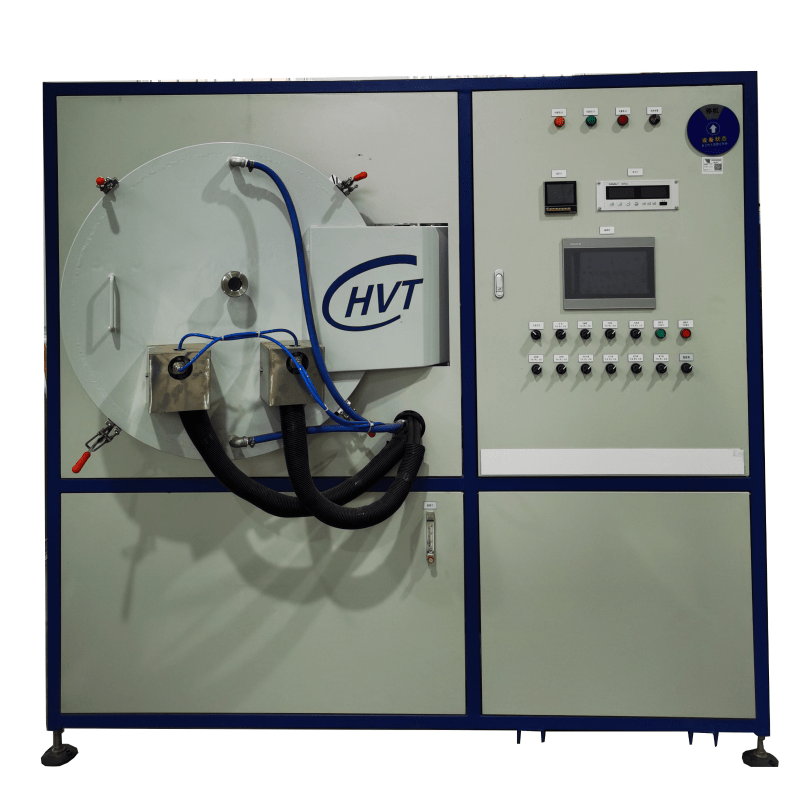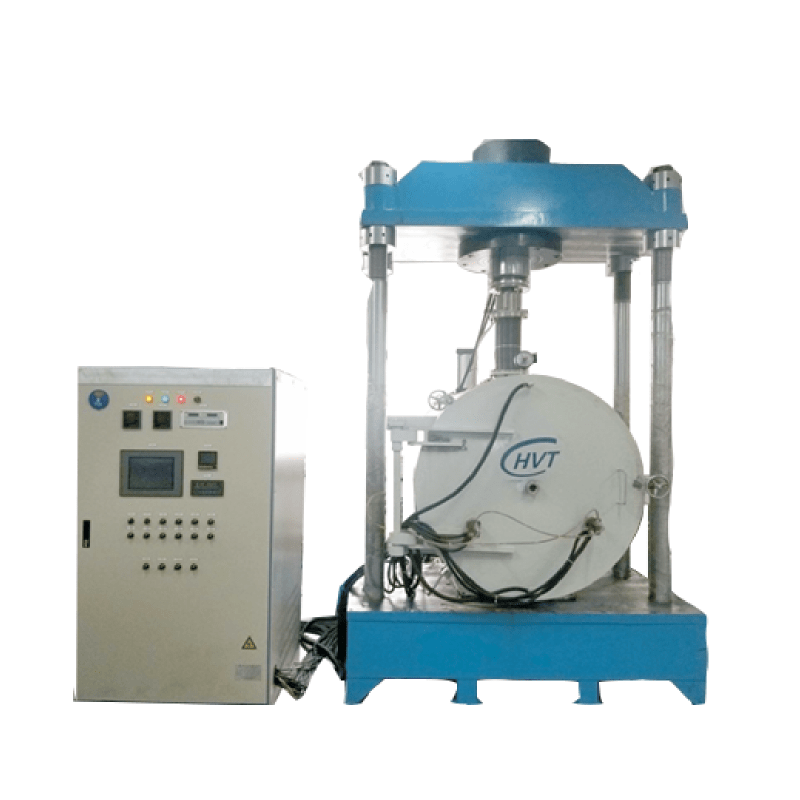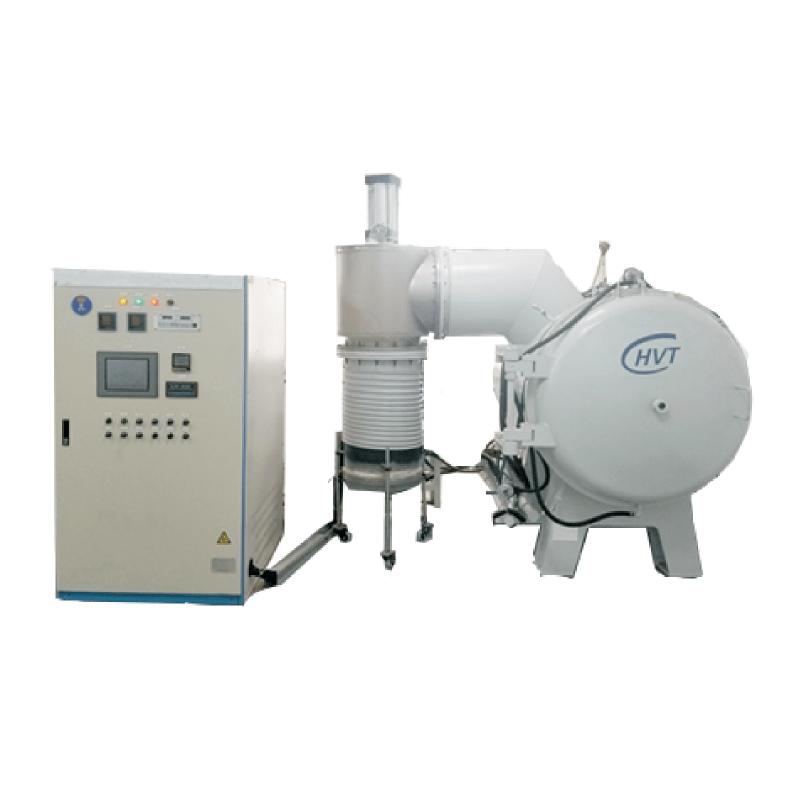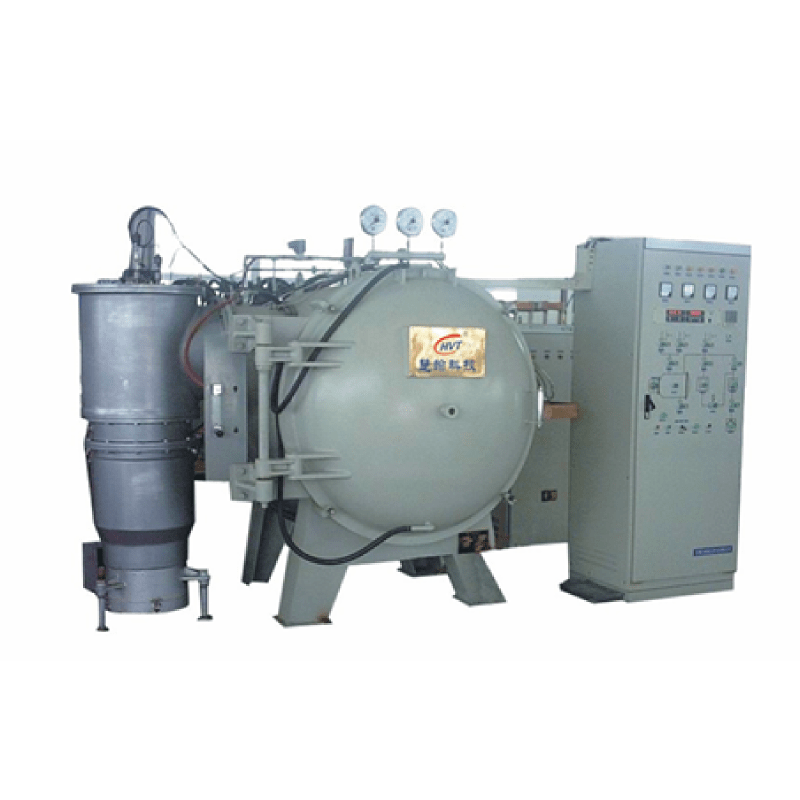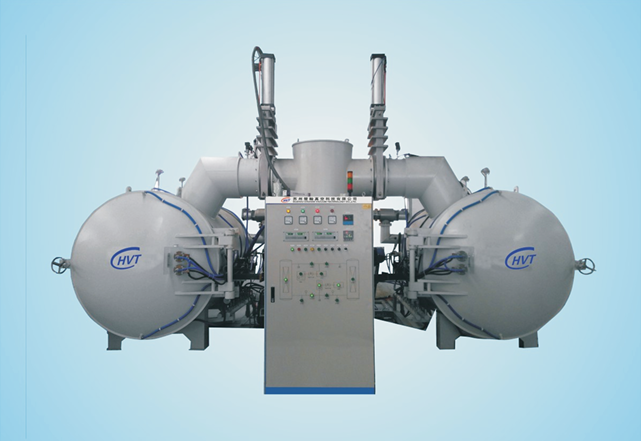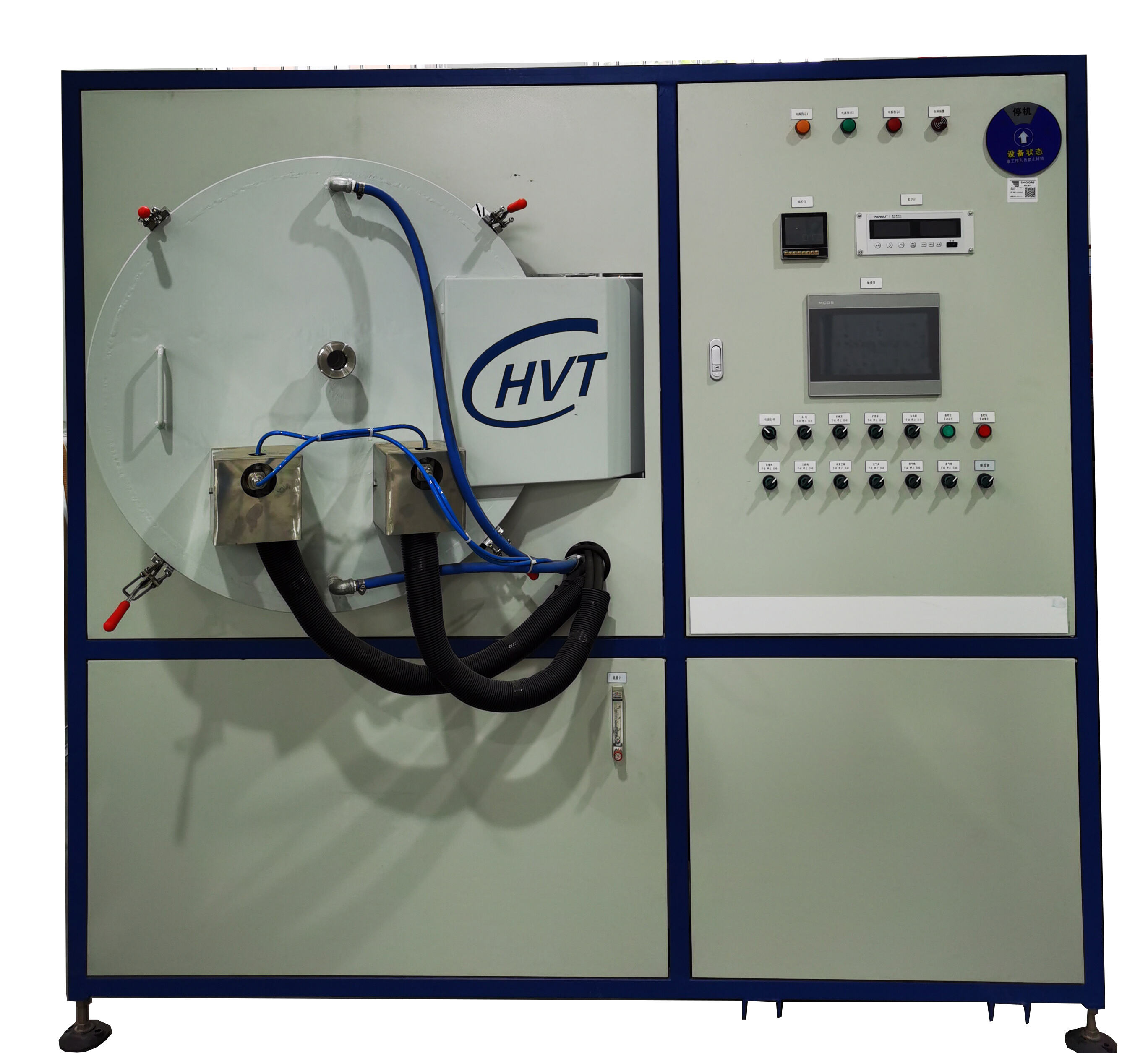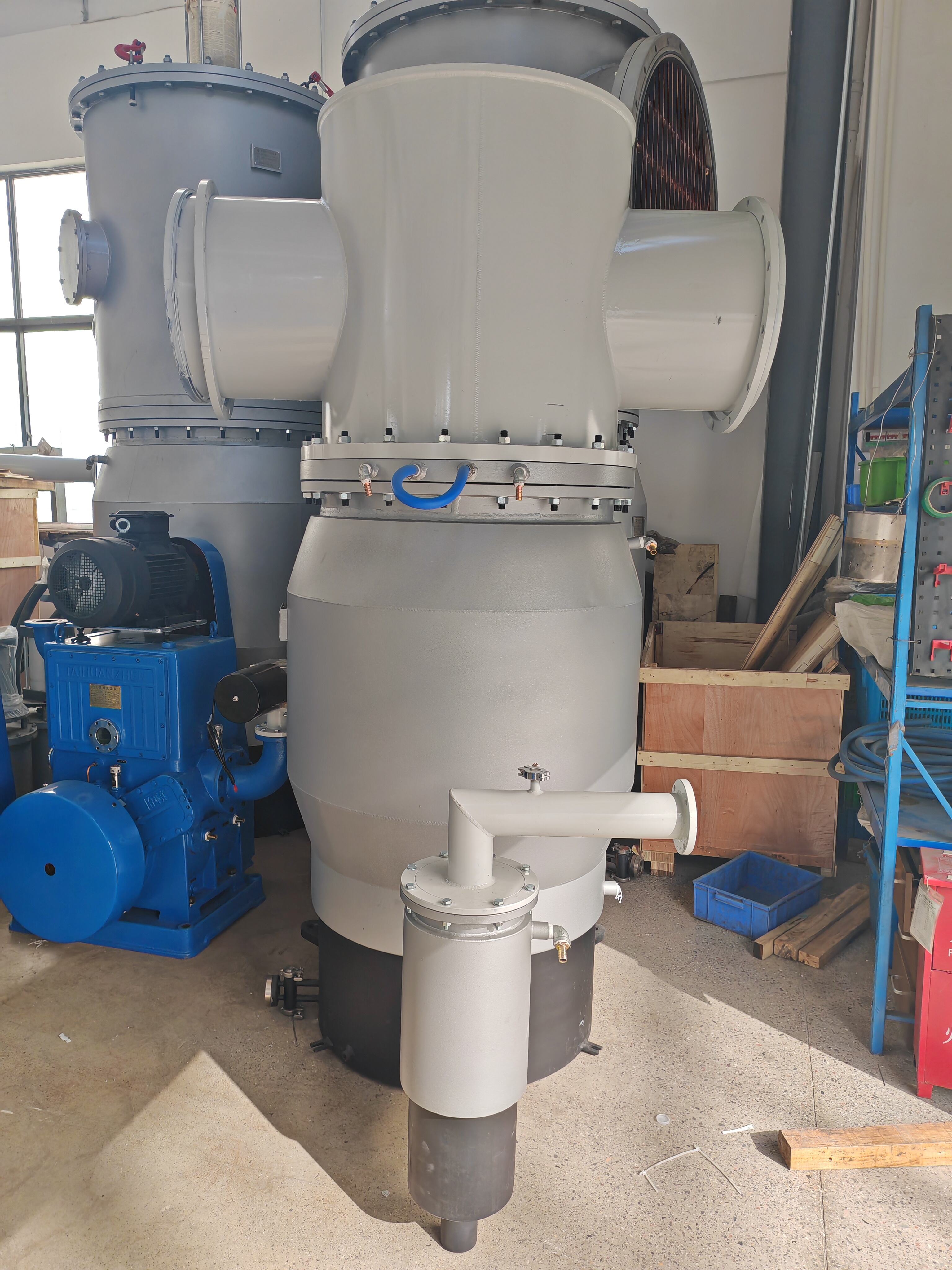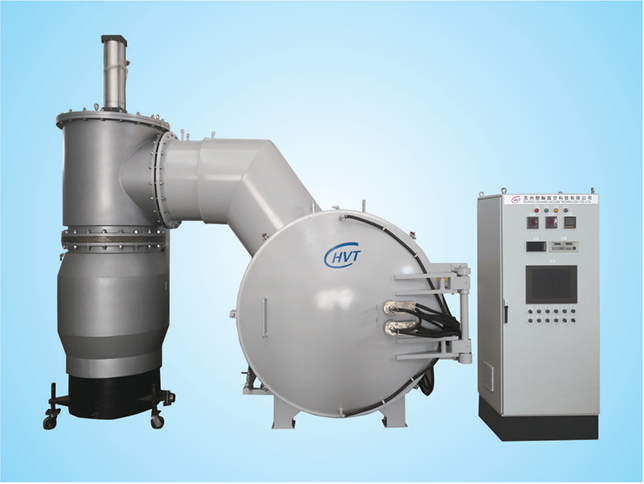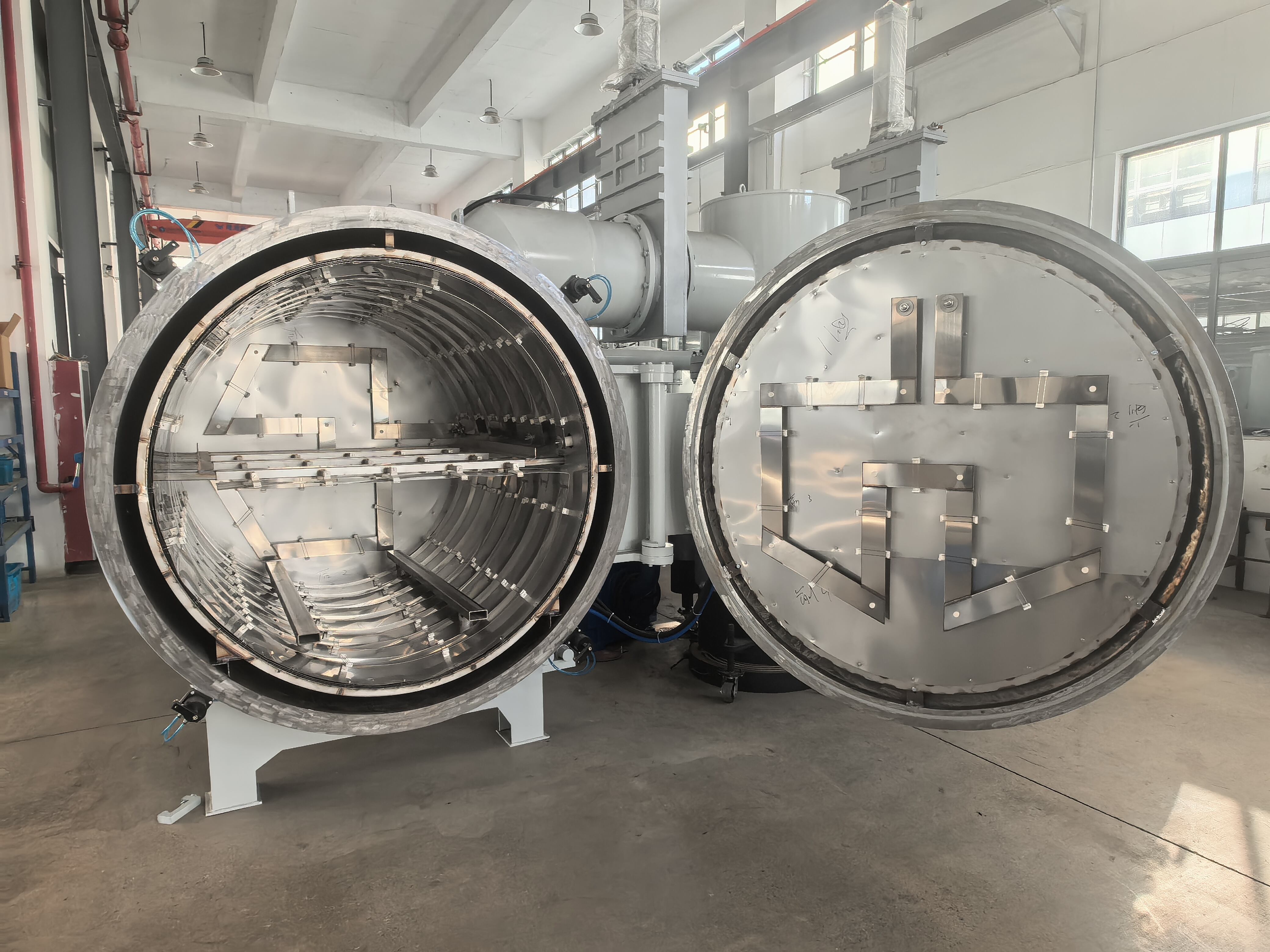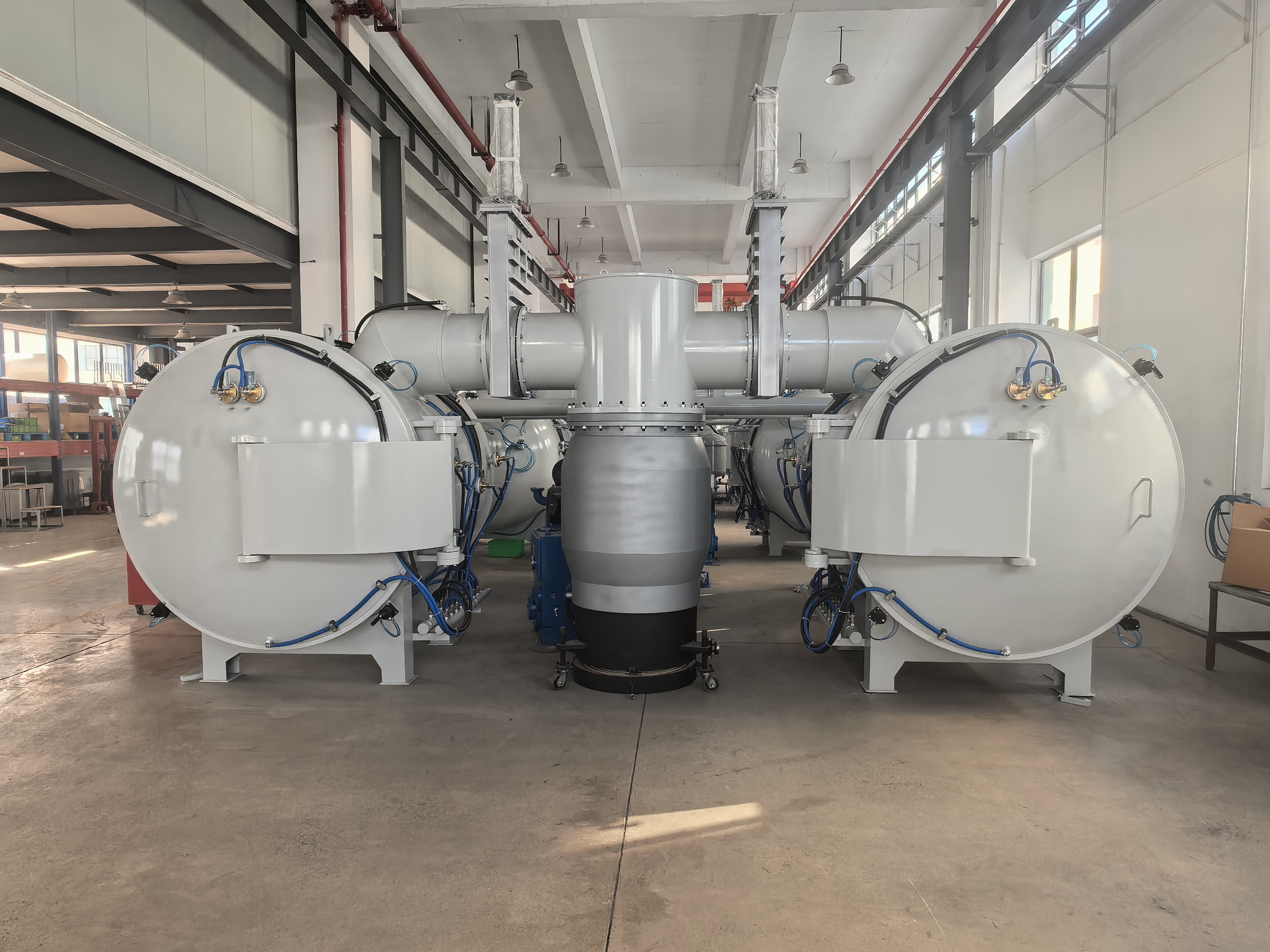induction hardening furnace
An induction hardening furnace is a sophisticated heat treatment system that utilizes electromagnetic induction to selectively harden specific areas of metal components. This advanced technology generates intense, localized heating through electromagnetic fields, creating eddy currents within the workpiece that rapidly raise its temperature to the required austenitic phase. The process is followed by immediate quenching, resulting in a martensitic structure that provides enhanced surface hardness while maintaining the core material's ductility. The furnace operates by passing high-frequency electrical current through a copper coil, which creates a magnetic field that induces electrical currents in the workpiece. Modern induction hardening furnaces feature precise temperature control systems, automated handling mechanisms, and specialized quenching systems that ensure consistent and repeatable results. These systems are widely employed in automotive manufacturing, aerospace components, machine tools, and various industrial applications where specific areas of metal parts require enhanced wear resistance and durability. The technology offers exceptional control over the heating pattern, depth, and temperature, making it ideal for processing both simple and complex geometries with minimal distortion.

